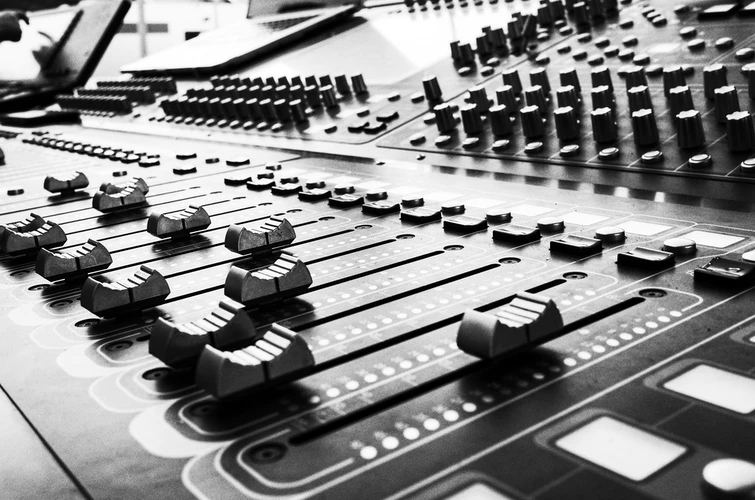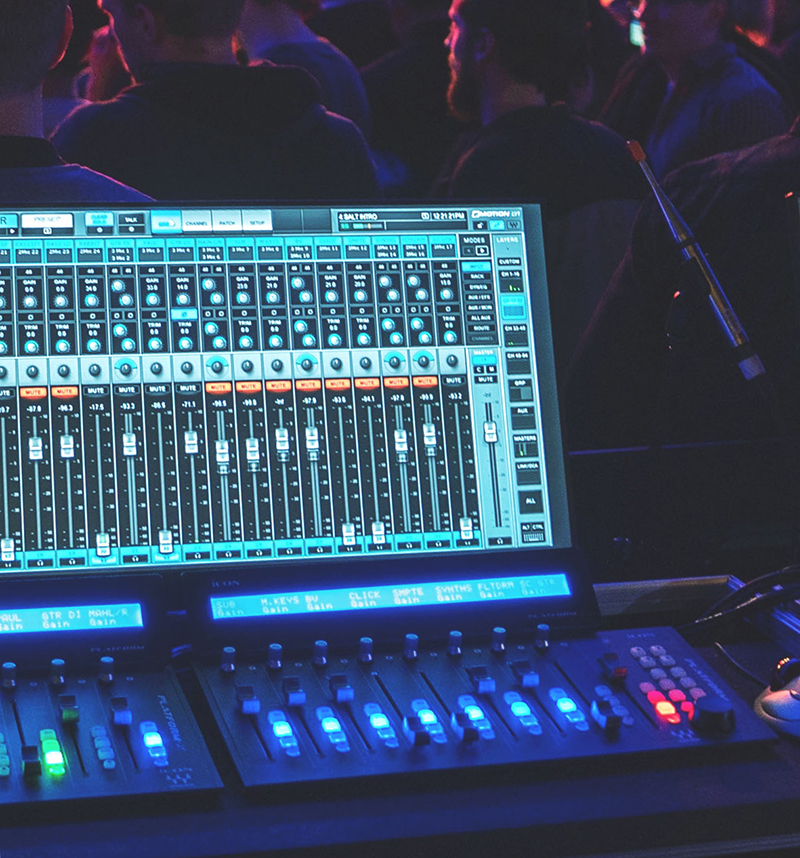
User Interface & Speed
The fastest digital console interface for any operator is a well-known one. If you’ve worked on a console for a while and feel confident in where things are laid out, then your speed and accuracy will increase.
However, some graphic user interfaces (GUIs) are more user friendly than others. I always say that a well-versed engineer should be able to operate any well-designed console after about 10 minutes of unsupervised tinkering. Some manufacturers approach the user interface with that mentality while others rather offer a myriad of options that, while needed, clutter things up and and make them more challenging to operate.
Figuring out the most common functions, such as how to engage phantom power or a polarity switch without asking someone, is a great starting point. If you can easily control send levels either with rotary knobs, faders or touch, you’re golden. However, if there needs to be a house operator present to do a simple one-to-one patch, then someone failed at making a well-designed interface.
It can be argued that knowing the consoles is our job. That’s true, but we can’t become intimately familiar with all functions, shortcuts, tips and tricks if we’re switching consoles on a daily basis. So, the majority of the work has to be done by a clever user interface layout that enables us to be a mix engineer as well as a console operator, and this is definitely a major factor for me in determining what console to use. Particularly for touring engineers that don’t travel with their own equipment, the ability to be fast on an unknown console is a major contributor to the usability (and likeability factor).

Sonic Signature
And there it is, the topic many of us love to discuss the most: how a console sounds. I agree the different consoles sound different, determined factors such as preamp construction, quality of conversion, internal effect units, EQ curves and shapes, types of compressors and analog gear emulation, and more.
However, as with all sound-related conversations, we don’t really have the vocabulary to express the differences. What is the sonic difference between a “smooth” and an “aggressive” console? Or the difference between a “classical” and a “rock ‘n’ roll” preamp? Can they be quantified beyond standard technical specs that manufacturers provide, and how does that affect our decision making?
On this topic I offer a very unpopular opinion – to me, at least, it doesn’t really matter that much. Coming from concert sound, I truly believe that when you consider the sound of the venue, sound of the PA system, the microphones used, and most importantly, the act on stage, the console’s contribution to the overall sound is a very small percentage number, probably less than 10 percent.
I agree that we should fight tooth and nail for every percent for our audiences, the acts we work for and, ultimately, for ourselves. But in the grand scheme of things, I much prefer a reliable console with the proper channel processing ability that doesn’t produce my favorite sound as opposed to the best-sounding console that makes me anxious on every show, not knowing if there are enough channels or if I’ll have to spend most of my prep time hunting down a show-threatening issue.
This doesn’t mean that we should abandon the conversation on how consoles sound, and I love participating in them myself. Let’s just do it with cool heads that prevent the owners/users of one manufacturer’s console to scream obscenities at the users of the competition.
Ultimately, your personal choice for the “best” console will be influenced not only by these factors, but also by familiarity with a certain brand, post-sales support that’s provided (or not), and personal relationships built with dealers and representatives. Nothing should dissuade us from exploring new products, new technologies and new approaches, and discussing them with the manufacturers as well. Only by doing that can we shape the future of console development and have even better tools at our disposal.
